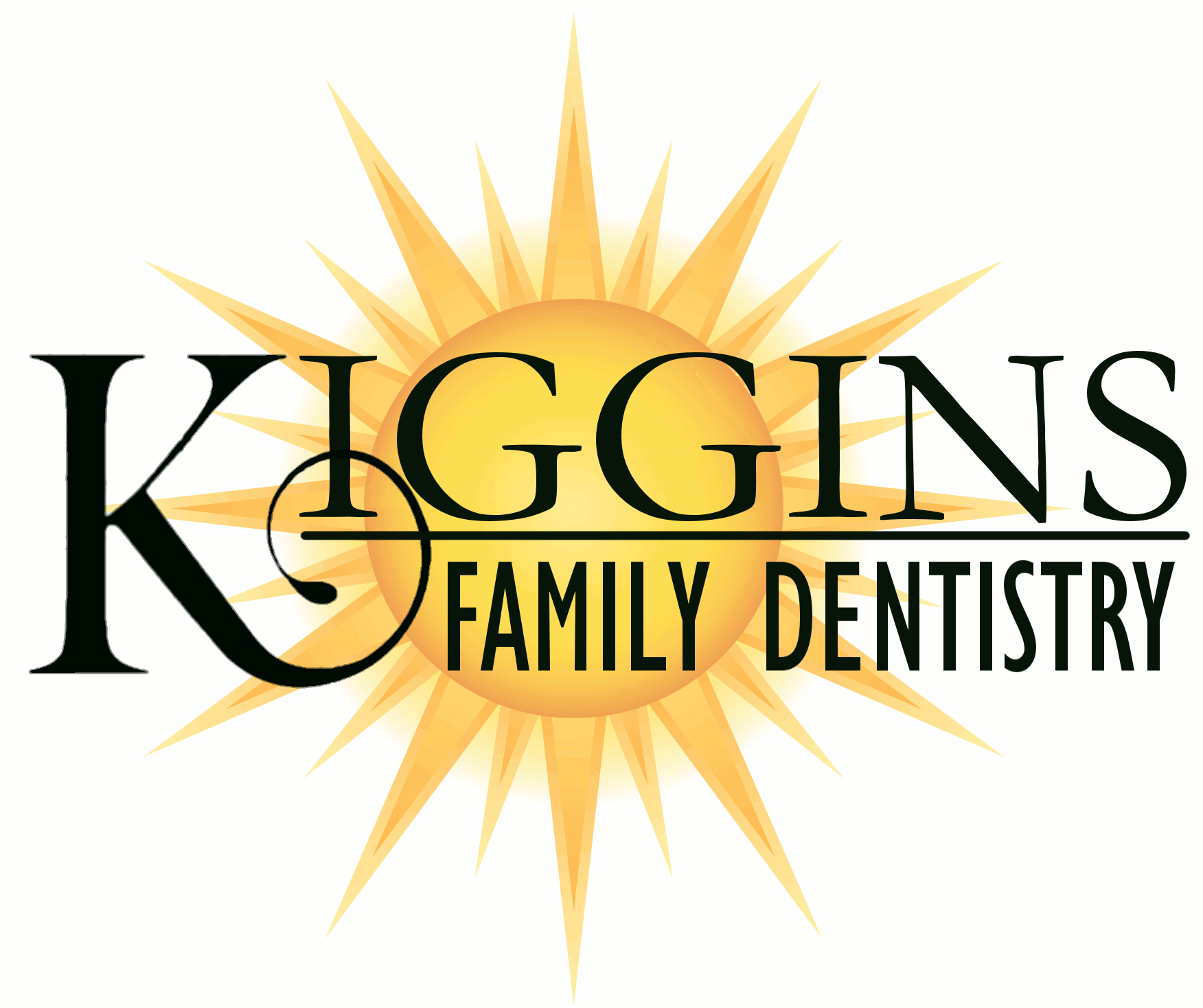Teeth Whitening Options: To Bleach or Not to Bleach?
A white smile is something most of us would like to have. There are a variety of ways to obtain one, but before deciding on one method over another, it is important to discuss the possible risks and benefits of each. There are three main methods of teeth whitening that I’d like to cover: Bleach Whitening, Laser Whitening, and Veneers.
At-Home Bleach Whitening
This includes teeth whitening strips, gels, trays, and toothpastes. Because they are applied directly to the teeth, these peroxide-based bleaching solutions can be harmful to the teeth if not used as directed.
Teeth whitening strips and gels usually need to be applied to the teeth once or twice a day for one to two weeks. Results generally last for about four months before the procedure is required again, and can cost anywhere from $10 to $60 each time. In general, they are safe to use. However, if you use whitening strips with a Chlorine Dioxide agent, you could destroy the enamel on your teeth. Chlorine Dioxide is actually the same acid used to disinfect swimming pools. It in essence “cleans” the teeth by eating away the surface enamel, which increases tooth sensitivity and increases the risk of tooth decay.
Teeth whitening trays are also an effective option. In this procedure, a tray is filled with a peroxide-based solution and placed over the teeth for multiple hours a day for up to one month. Trays and solutions can be bought over-the-counter, or can be custom-fitted by a dentist. The cost range for this method can be anywhere from $100 to $600. It is important to be patient for white teeth and be careful not to apply more solution to them than is directed. Doing so can be harmful to the enamel on your teeth and can also harm your gum tissue.
All kinds of toothpastes help remove stains to a certain extent, but whitening toothpastes contain chemicals and polishing agents that help scrub the stains from teeth without the need of a bleaching agent. They are generally inexpensive and can be bought in a variety of local stores. Some whitening toothpastes contain peroxides, but generally aren’t left on the teeth long enough to have a whitening effect.
Laser Whitening
Laser methods have been used in dentistry for over twenty years to treat a variety of dental problems. While laser methods have not gained the ADA’s approval as an alternate to traditional treatment, many dentists have used lasers to treat tooth decay, gum disease, perform biopsies, and to complete teeth whitening procedures.
Lasers are often used for in-office procedures to “activate” the peroxide bleaching solution and quicken the whitening process. There are two reasons to consider laser whitening–to get a jumpstart on your teeth whitening or you don’t see yourself using at-home trays and whitening strips. After the laser whitening procedure, most dentists will send trays home that are designed to maximize results. The main disadvantage to this treatment is the possibility of sensitivity. It is also an expensive procedure, ranging anywhere from $300 to $1000.
Veneers
Veneers are a permanent tooth whitening procedure. Veneers are ultra-thin shells of ceramic (porcelain), which are bonded to the front of teeth. Because they are not your actual teeth, you will not have to worry about food/beverage (such as dark soda, wine or coffee) staining. The big downside is that they are very expensive; they can range anywhere from $1,000 to $1,500 per tooth!
Reducing Sensitivity During Whitening
The overall risk of teeth whitening, no matter what method, is tooth sensitivity and damage to the roots of the teeth. It is important to consult a dentist before choosing a method, as he or she may be able to predict what procedure will work best for your teeth and overall oral health. Your dentist may also recommend other products that will help alleviate tooth sensitivity throughout the teeth whitening process.
In the meantime, be sure to continue your daily routine of brushing and flossing your teeth. Doing so will reduce further staining and build healthier and stronger gums.
http://www.webmd.com/oral-health/teeth-whitening-and-bleaching?page=2#1
https://www.humana.com/learning-center/health-and-wellbeing/healthy-living/whitening-strips
http://www.webmd.com/oral-health/guide/laser-use-dentistry
http://onlinehealth.wiki/beauty/pros-and-cons-of-laser-teeth-whitening
http://www.knowyourteeth.com/infobites/abc/article/?abc=w&iid=300&aid=1201

